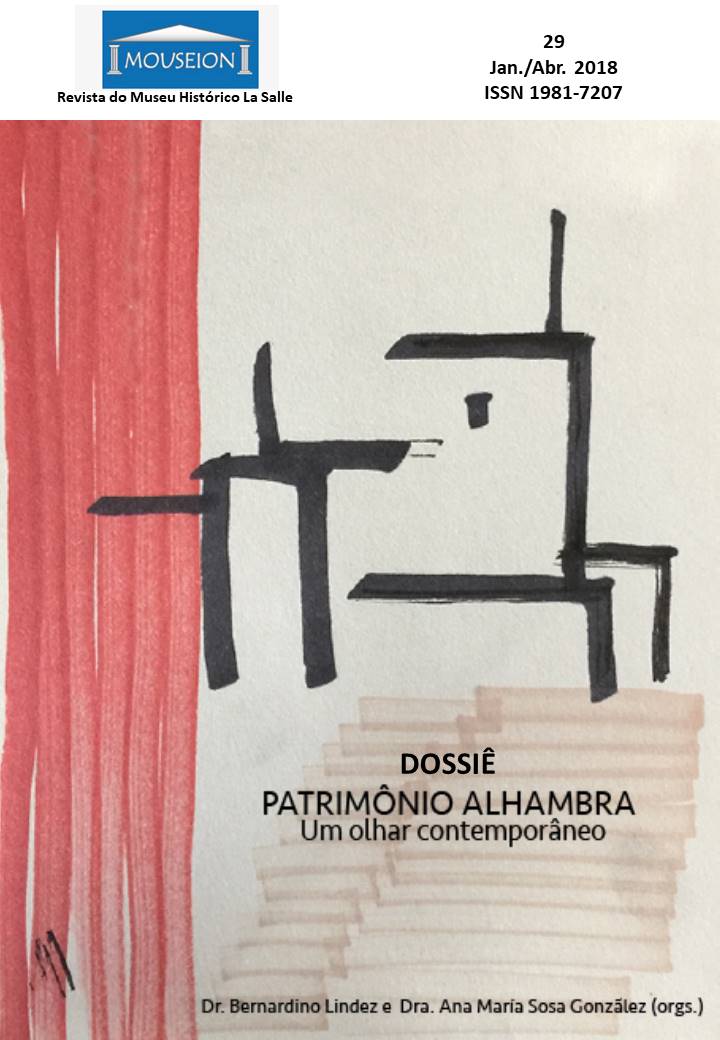To Live in the Alhambra Women in the Nasrid and Christian Alhambra
DOI:
https://doi.org/10.18316/mouseion.v0i29.4696Keywords:
Gender, Women, Architecture, Academic feminism, AlhambraAbstract
The female presence in the Alhambra has been usually hidden both by the potency of the monumental set itself and by the fact that traditional sources have systematically made it invisible. Step by step, the need to include gender as a fundamental element to fully understand historical processes, and also to interpret the uses of buildings, is being recognized. This article tries to contextualize the spaces of the Alhambra in a female point of view, identifying those that traditionally have been assigned but not only. The article tries to vindicate in front of the object woman, identified with the romantic image of captive princess sighing for her beloved, or dilettante wife lying between cushions, to the subject woman. Because in the Alhambra lived intelligent sultanas, cultivated musicians, statesmen queens, potters, and midwives. And because in the Alhambra there are actually women who document, restore, catalogue, take care for, disseminate, clean, guide, explain and protect the palatine city as a vital space in which, at least, half of all are women.
Downloads
Published
Issue
Section
License
Authors must submit their manuscripts to be published in this journal agree with the following terms:
Authors maintain the copy rights and concede to the journal the right of first publication, with the paper simultaneously licensed under the License Creative Commons attribution that permits the sharing of the paper with recognition of authorship and initial publication in this journal.
Since the articles are presented in this journal of public access, they are of free use, with their own attributions for educational and non-commercial purposes.


